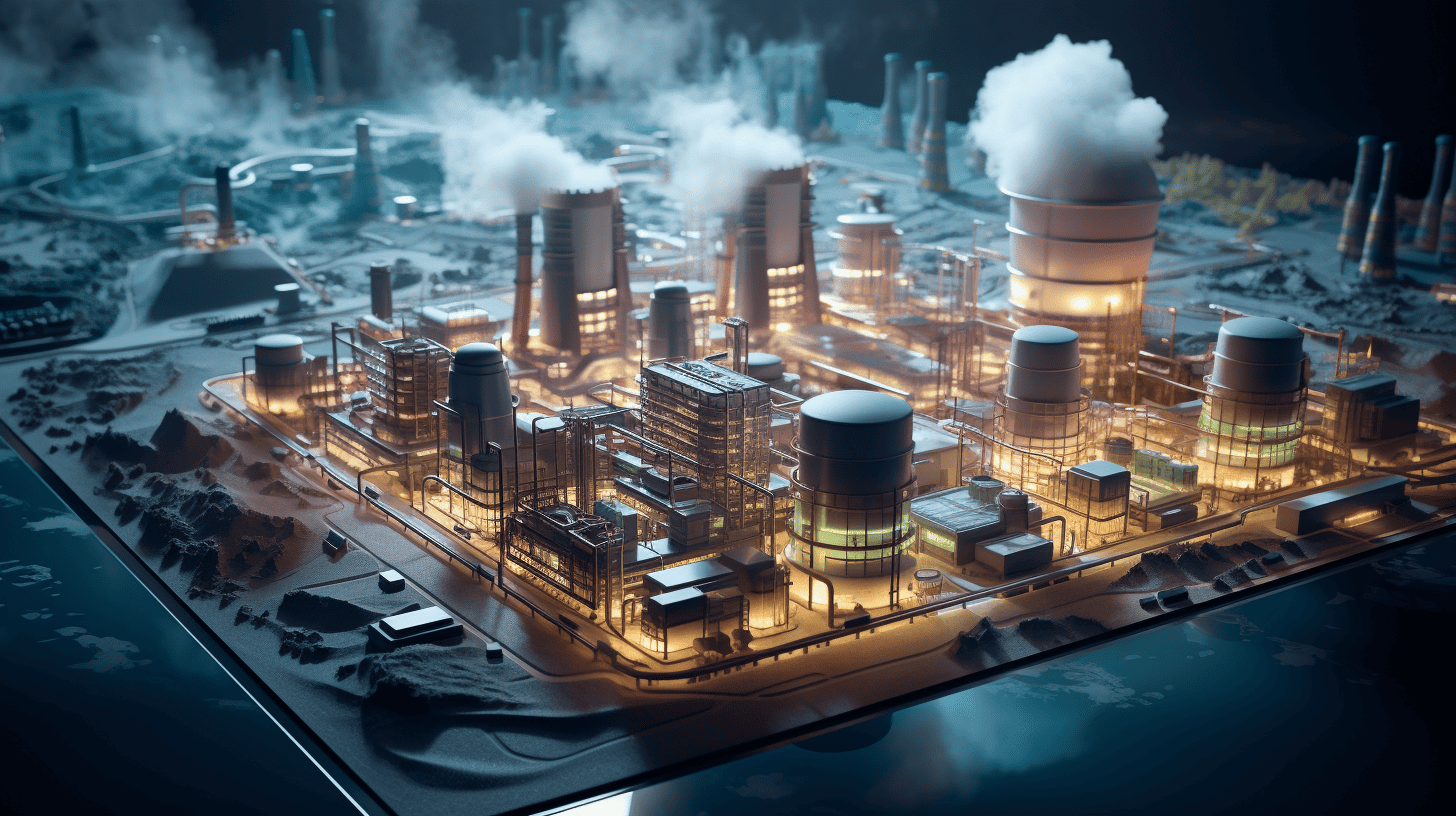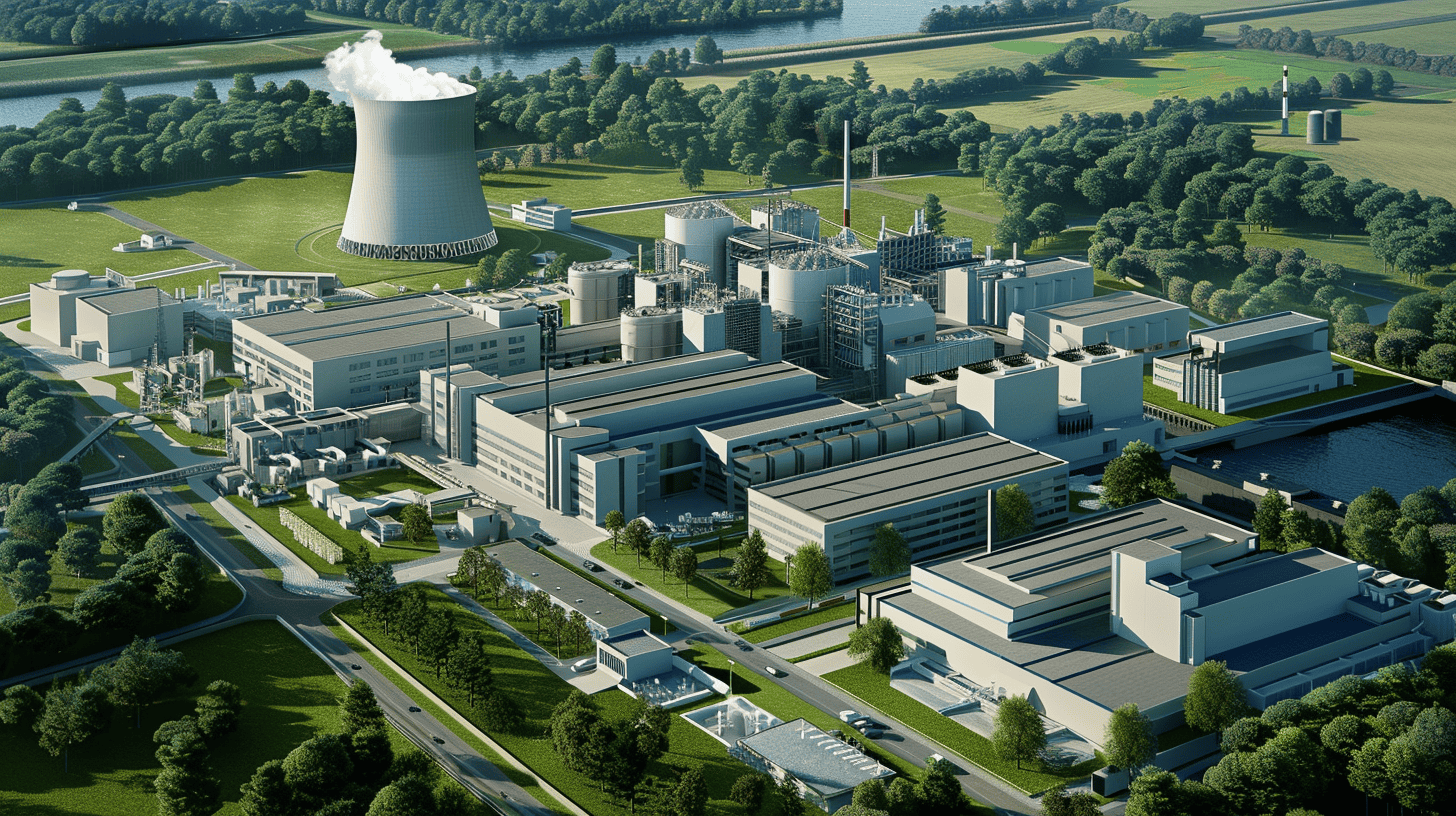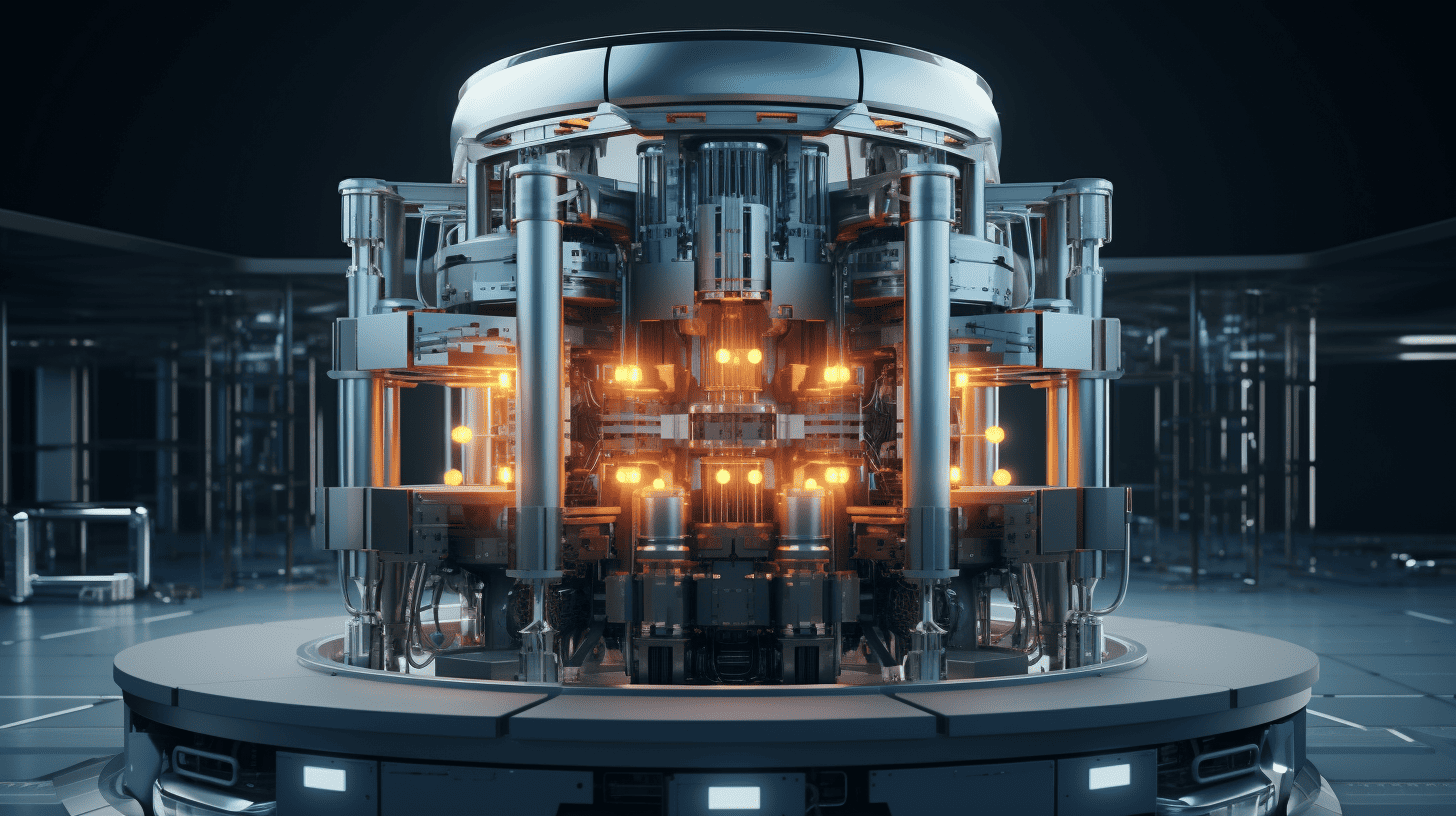
The European Commission is forging a new alliance with industrial stakeholders to accelerate the development of small modular reactors (SMRs) by the early 2030s. This initiative aims to fortify the nuclear supply chain within Europe, enhancing manufacturing, innovation, and EU collaboration. These reactors are poised to contribute significantly to Europe’s clean energy transition, energy security, and carbon-neutral aspirations. Applications for participation are open, setting the stage for an inaugural assembly in the coming spring.
Why this is important
Nuclear energy is always a divisive topic for the challenges it entails. However, it represents a source of low-carbon power, so the European Commission is working to increase its share in the bloc’s energy mix. New technologies such as SMRs allow for more adaptable solutions.
The European Commission’s recent announcement signals a major stride towards redefining nuclear energy’s role in the continent’s energy matrix. By committing to Small Modular Reactors (SMRs), the Commission is bridging the gap between traditional nuclear power plants and contemporary energy demands.
SMR technology’s promise
SMRs stand out for their modest size compared to conventional nuclear power plants. Their design is inherently more adaptable and capable of supporting electricity generation, district heating, and even hydrogen production. With their flexibility, these reactors are an ideal fit for integrated energy hubs, helping to decarbonize various sectors.
With a power capacity of up to 300 MVh, these reactors could drastically reduce the construction time that typically burdens traditional nuclear projects. The versatility of SMRs extends beyond their size and power capacity. These reactors are designed for seamless integration into existing grids or independent operations, making them a viable energy source for remote or underdeveloped regions. Furthermore, their modular nature means components can be pre-assembled in factories and transported to the site for installation, streamlining the construction process.
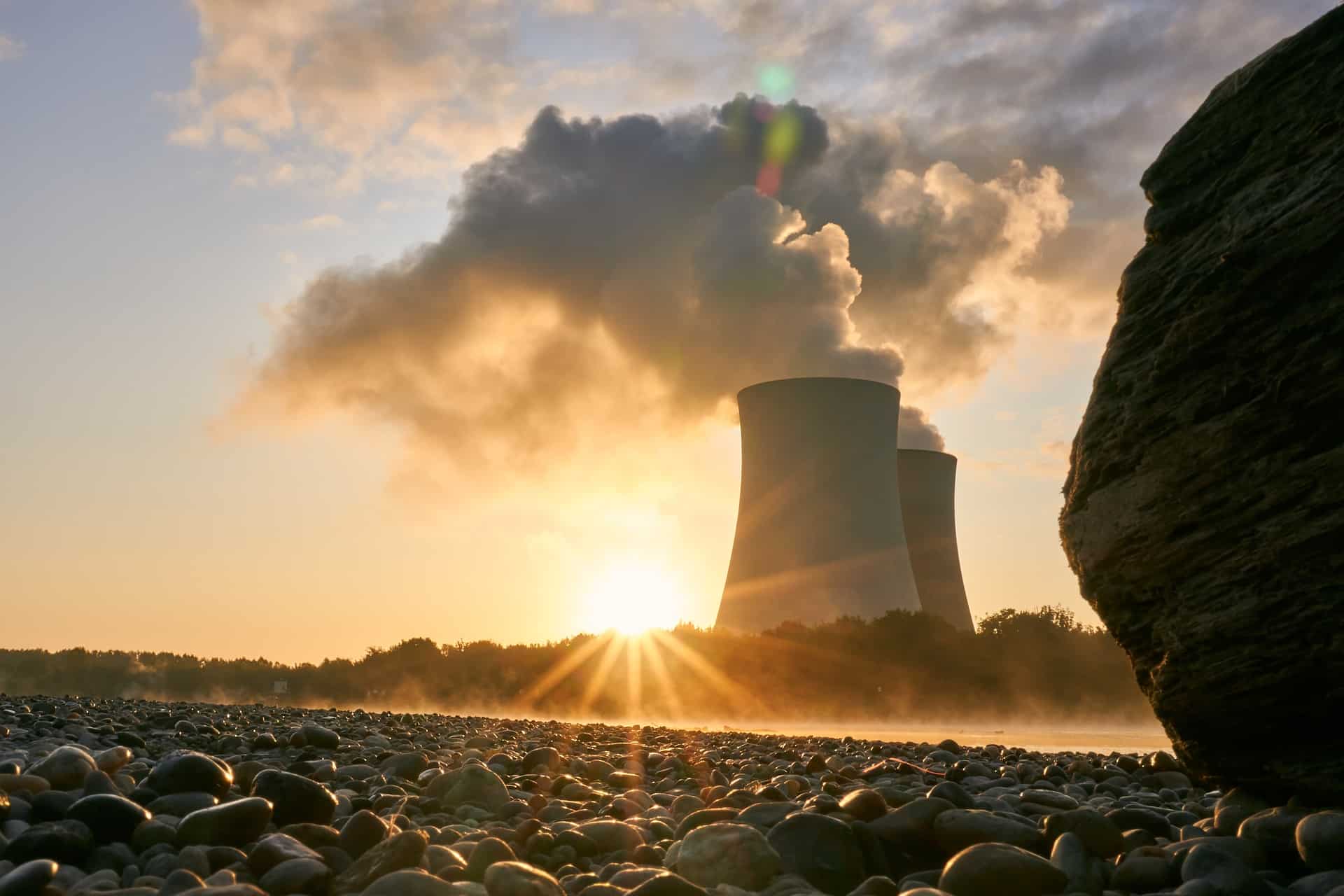
Operational efficiency and waste considerations
SMRs operate at lower power levels and are engineered with passive safety systems, requiring less fuel than their larger counterparts. However, the technology is not without its challenges. A higher concentration of the U235 isotope is needed for these reactors, which leads to more radioactive spent fuel and potentially higher running costs. Moreover, the waste produced by SMRs could be up to 30 times greater than that of traditional reactors.
International landscape and competition
The push for SMRs isn’t isolated to Europe. Countries such as China, Canada, and the United States are also actively licensing or constructing these reactors. Russia has even commenced commercial operations of an advanced reactor in 2020. The global interest in SMRs underscores their potential as a significant player in the future energy market.
Fast breeder reactors and the waste solution
Linked to the development of SMRs is the potential of fast breeder reactors (FBRs) to address nuclear waste concerns. These reactors can utilize spent fuel efficiently, reducing waste by up to 80 percent. The International Atomic Energy Agency (IAEA) has prioritized FBR technology for its ability to enhance fuel efficiency and tackle the issue of nuclear waste.
Despite past setbacks in the ’70s and ’80s, fast breeder reactors are witnessing a resurgence thanks to technological advancements. These modern designs promise better safety, reduced operational costs, and a carbon-free waste-to-energy process. RePlanet’s bold proposal suggests that Europe could harness the energy in nuclear waste to power the continent for up to a thousand years.
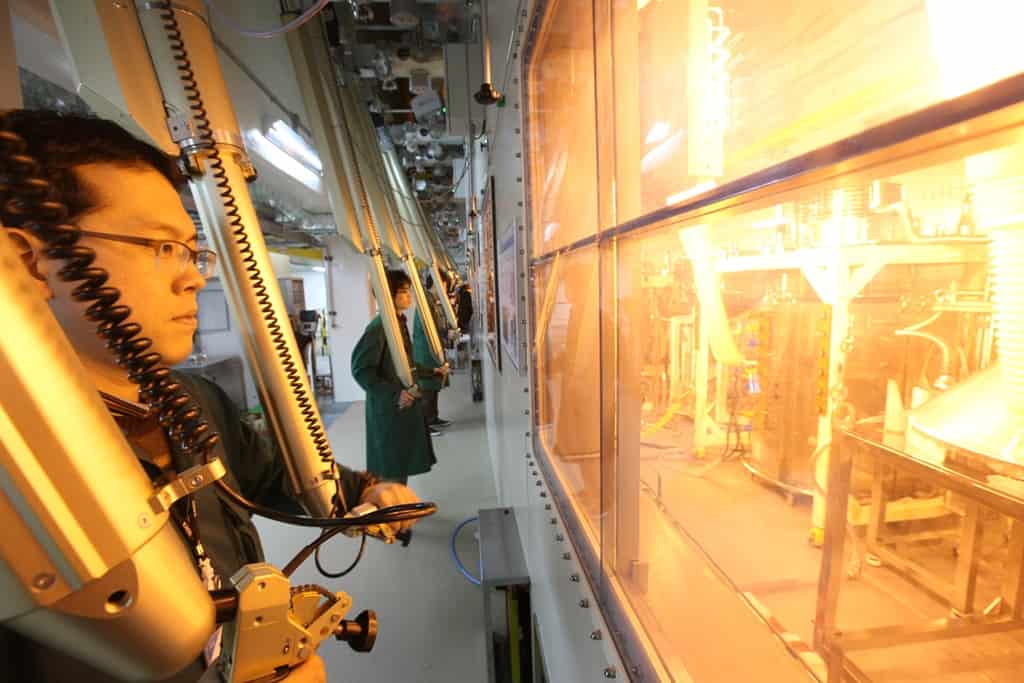
The balancing act: nuclear energy’s future
While nuclear energy offers a path to a carbon-neutral future, it is not without its detractors. Organizations like Greenpeace argue against it for reasons including high costs, slow deployment, and the production of toxic waste. On the other hand, the Intergovernmental Panel on Climate Change (IPCC) has highlighted the potential of renewable energy sources to supply most of the world’s power by 2050.



